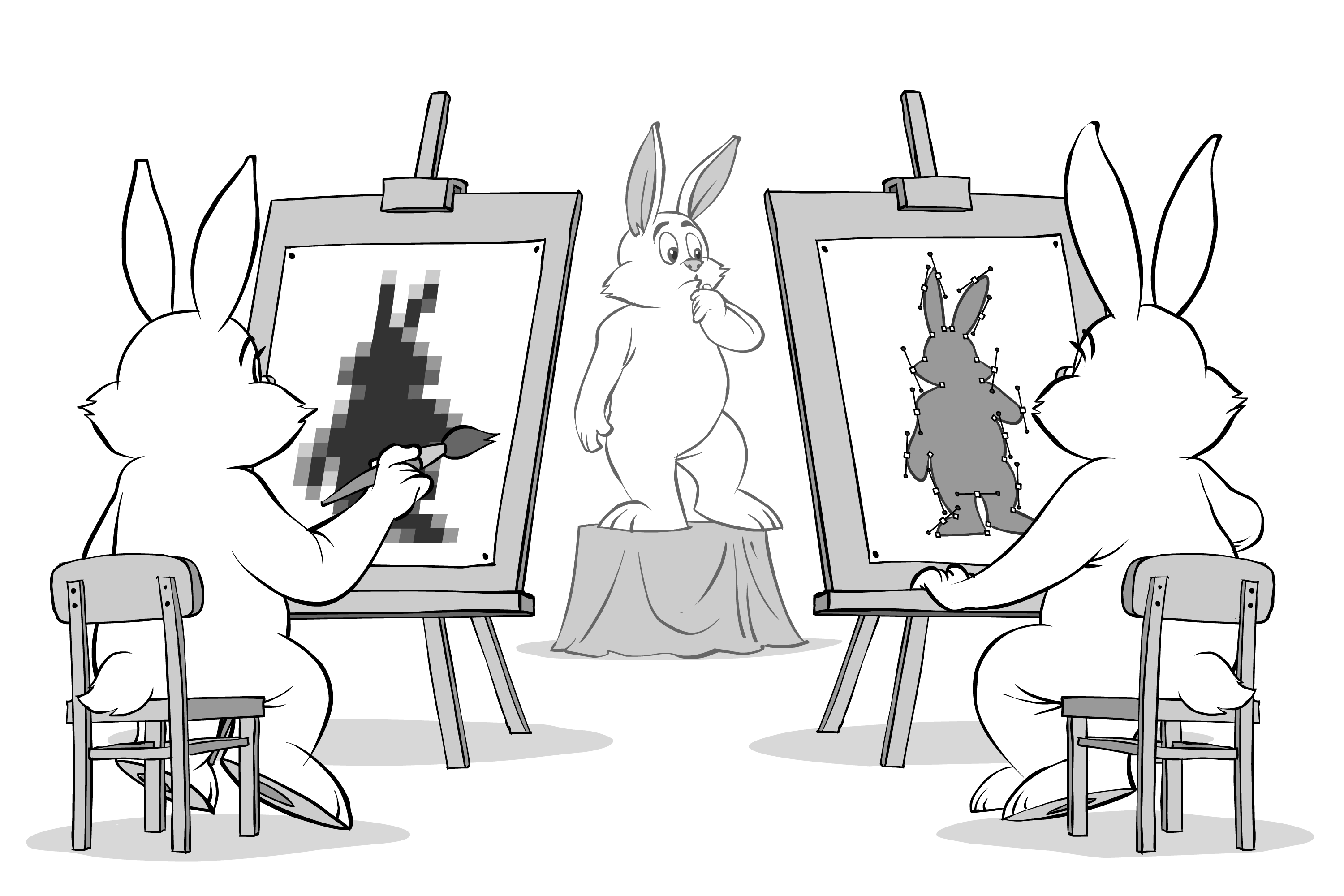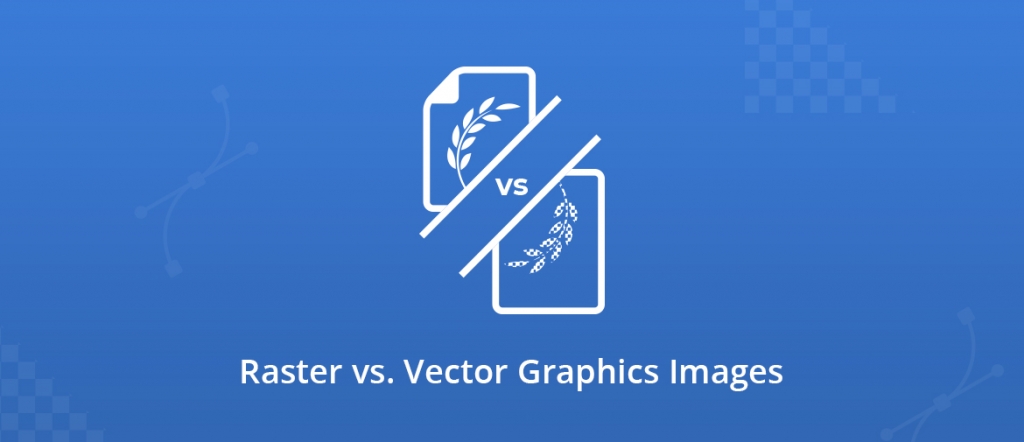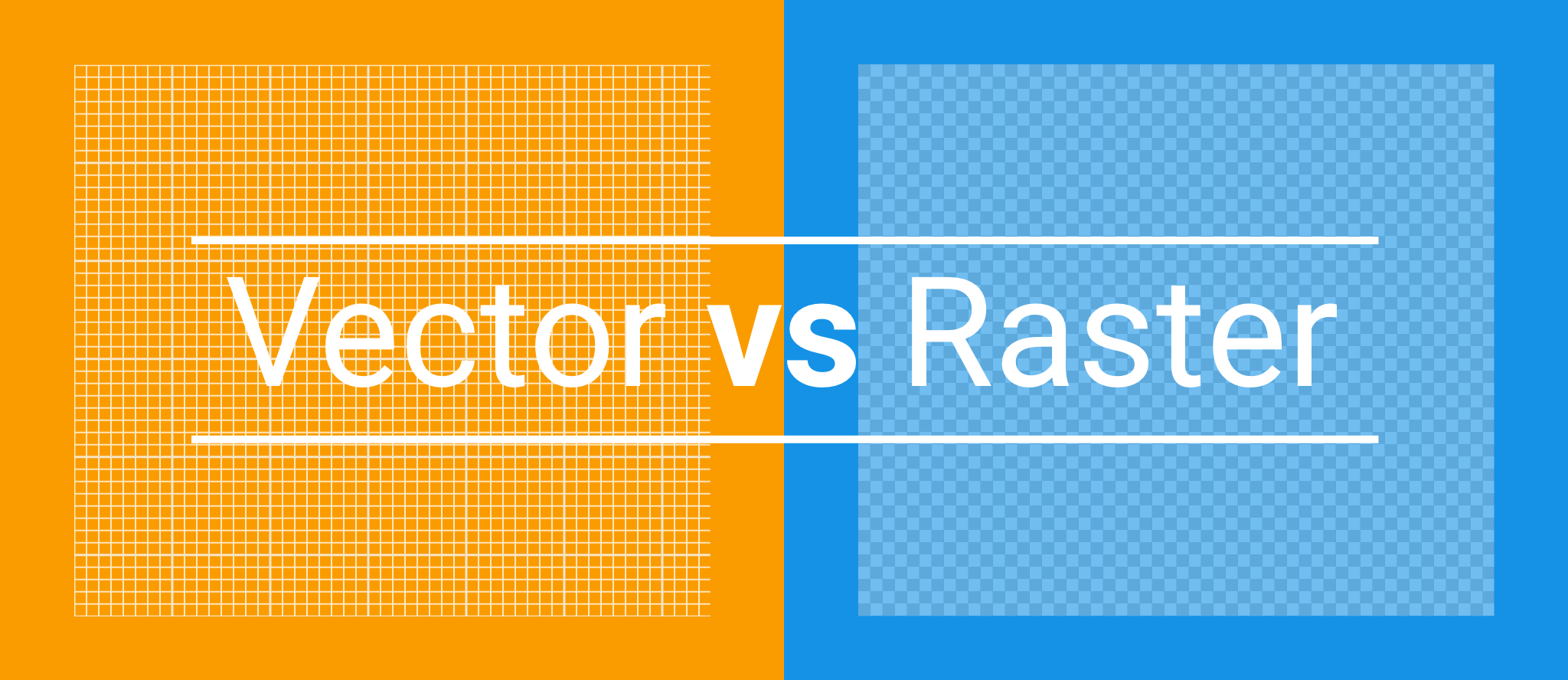

- DIFFERENCE BETWEEN A VECTOR GRAPHIC AND A RASTER GRAPHIC HOW TO
- DIFFERENCE BETWEEN A VECTOR GRAPHIC AND A RASTER GRAPHIC SOFTWARE
- DIFFERENCE BETWEEN A VECTOR GRAPHIC AND A RASTER GRAPHIC SERIES
There are also times you’ll need to export a vector design to a raster format, especially for certain web uses. Scanning is basically another form of photography, as scanners and cameras both capture a high level of detail in a similar way, using raster image formatting. High-res scans of artwork are also raster images. Virtually all photographs are in raster format - it’s simply the best format for that type of image. Most 4K displays come with 3840 x 2160 pixel resolution, and traditional HD resolution is 1920 x 1080, also known as 1080p. For example, Canon’s EOS 5DS camera can capture photos at a resolution of 8712 x 5813 effective pixels. High-end cameras can capture images at an extremely high resolution. Cameras replicate real-world scenes as accurately as possible by capturing as many pixels as possible. The most common and recognizable raster image use case is photography. One trade-off is that high-resolution raster image files tend to be quite large and take up a lot of memory on hard drives and cloud storage apps.
DIFFERENCE BETWEEN A VECTOR GRAPHIC AND A RASTER GRAPHIC SOFTWARE
Raster images are also easy to edit, and common software widely supports their file formats. Modern display technology, including 4K screens, can display stunning HD photographs and videos with complex details like small, dense textures and vivid color gradients. Raster graphics allow for incredibly detailed, crisp, clear images - as long as files are exported at a high resolution and displayed on a high-resolution screen. What Are the Advantages of Using Raster Graphics? The most common raster image file extensions include: Zoom out, and the pixels appear to blend seamlessly to create an image.īy contrast, zooming in on a vector image will not allow you to see individual pixels but the smooth shapes and curves of the elements in the image. Zoom in on a raster image, and you’ll see the information it stores - data about the color of each pixel. Raster graphics store visual information as a two-dimensional map of pixels, also known as a bitmap. The file storage method is one of the main differences between raster and vector images. There are several differences between raster and vector formats, from storing data within the files to ideal use cases. While vector graphics are great for many digital design projects, there are certain instances where you’ll need a raster image to achieve the right outcome.

Visit a previous chapter to explore the pros and cons of vector graphics, and read on to learn more about raster graphics. Vector file sizes are typically smaller, enabling easier file storage and faster load speeds.Īlthough designers and artists love vector graphics for those reasons, there are still some circumstances where choosing a different image format makes more sense. Vector graphics are infinitely scalable and ideal for various uses - from the smallest web icon to the largest billboard.
DIFFERENCE BETWEEN A VECTOR GRAPHIC AND A RASTER GRAPHIC SERIES
What Do We Know About Vector Images?Īs established in previous chapters, vector image files store visual data according to mathematical coordinates, mapping out a series of points, lines, and shapes to create a complete image.
DIFFERENCE BETWEEN A VECTOR GRAPHIC AND A RASTER GRAPHIC HOW TO
That includes how they work, when to use them, and how to approach the raster vs. This chapter will provide more tips and insights about raster images to help you choose the best file format for your next graphic design project.

Previous installments of this guide have covered vector graphics in great detail, from information about how vector graphics work to learning what it takes to become a vector artist. Both formats have advantages and disadvantages, and each is ideal for different types of digital projects. There are two main categories of image formats in the digital art world - raster and vector.


 0 kommentar(er)
0 kommentar(er)
